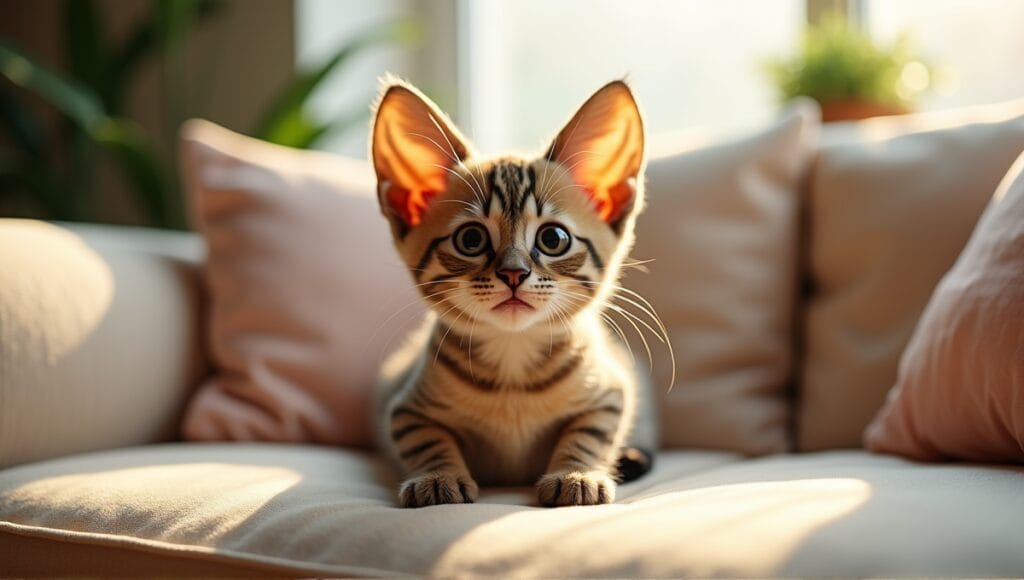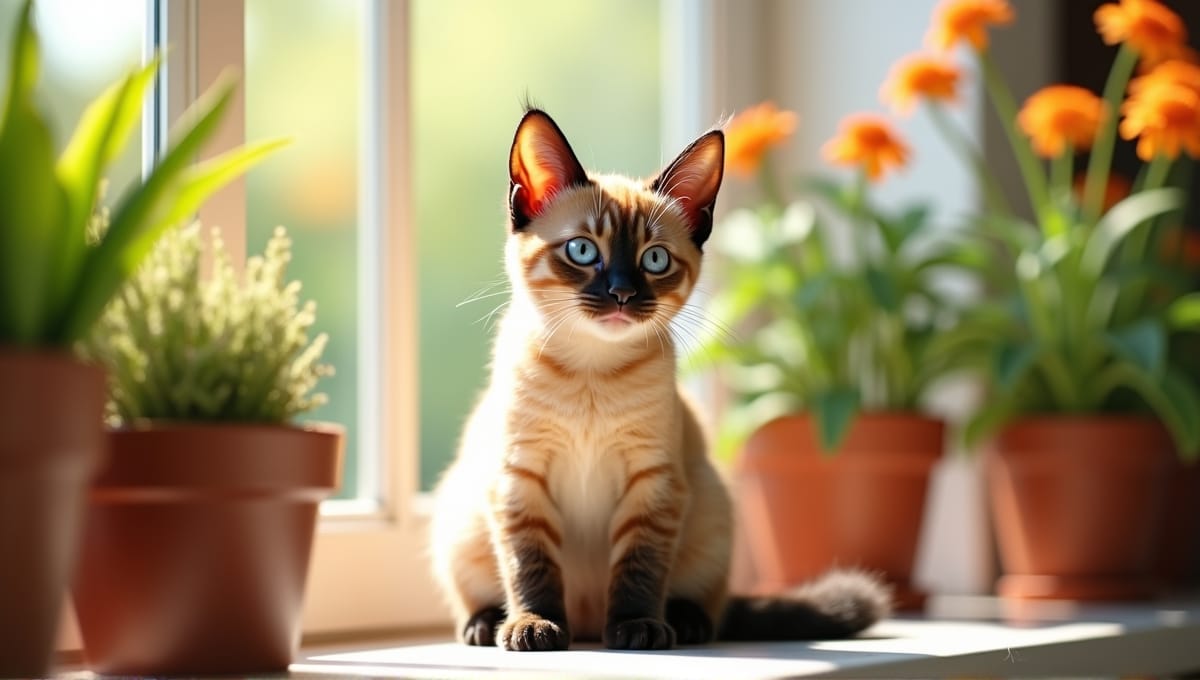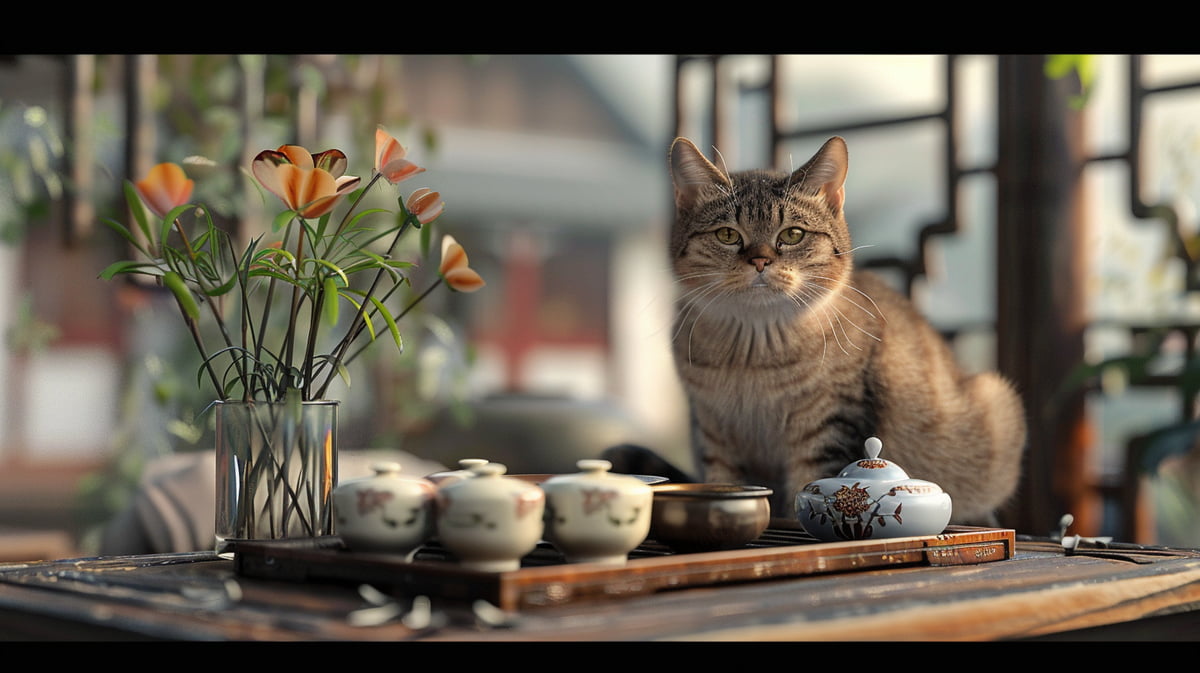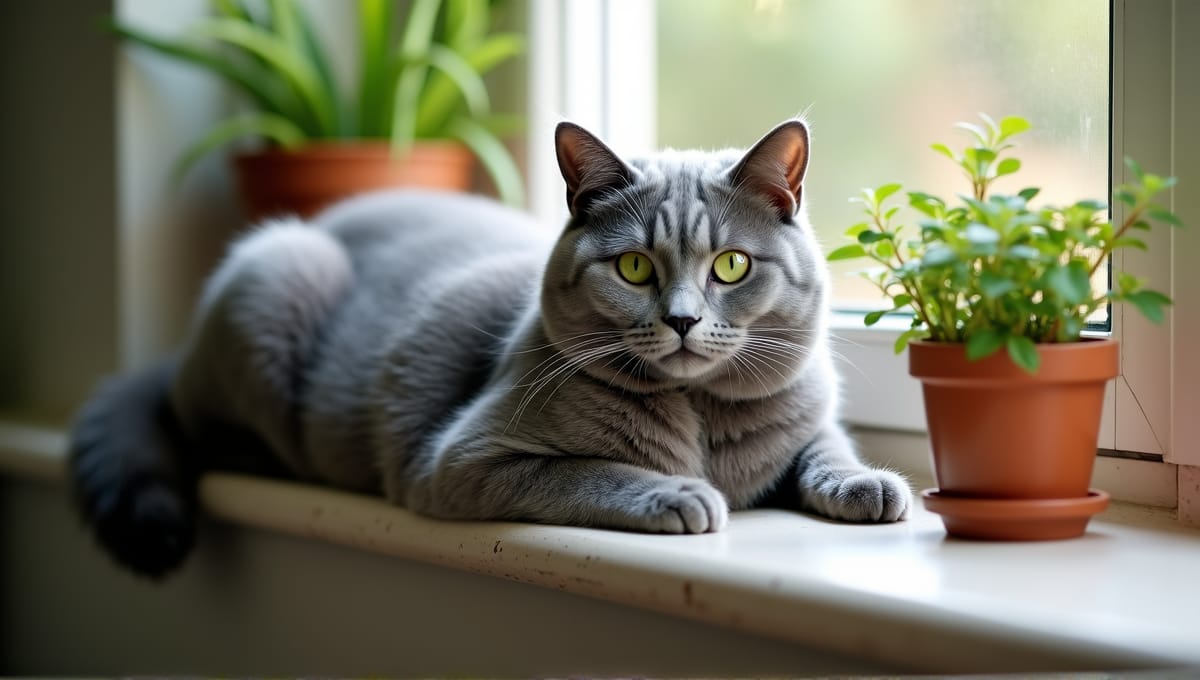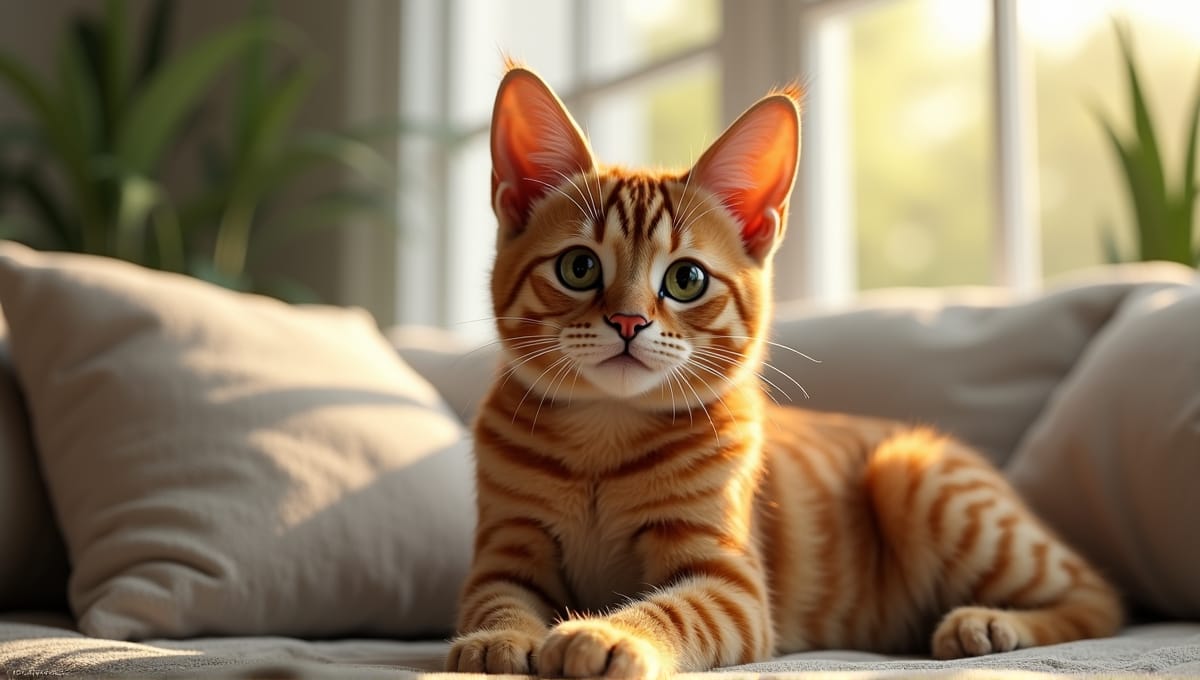Pixie Bob cats are interesting cats with a distinct look and personality. I’ve been around cats since I was a child, and Pixie Bobs always stand out to me. So, you might be wondering if a Pixie Bob would be a good fit for your home. Let’s look at the main characteristics of the Pixie Bob breed to help you determine if it’s the right fit for you and your family.
Tracing the Roots of a Unique Feline Breed
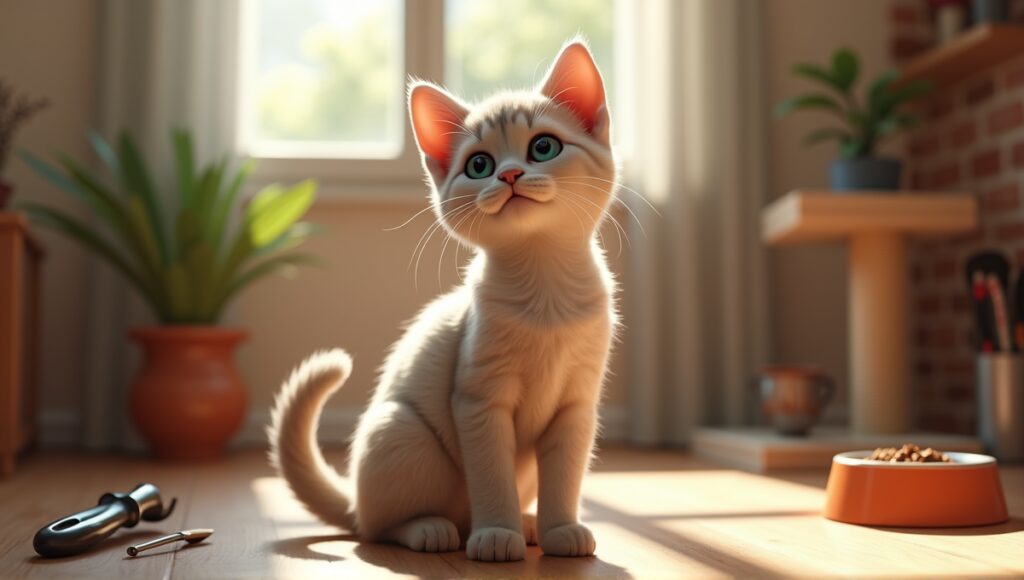
The Pixie Bob breed was established in 1985 in the Pacific Northwest region of the United States. Carol Ann Brewer is credited with creating the breed. Initially, people speculated that Pixie Bobs descended from bobcats. This theory fascinated cat lovers. However, DNA testing has since proven otherwise.
Contrary to popular belief, Pixie Bobs are not the result of breeding domestic cats with bobcats. This discovery shocked many people who were attracted to the breed because it looks wild. However, despite this revelation, Pixie Bobs became more and more popular.
Cat associations also took notice of this fascinating breed. The International Cat Association (TICA) accepted Pixie Bobs in 1994. Then, in 1998, TICA granted Pixie Bobs full Championship status. This was a major turning point for the breed. The American Cat Fanciers Association (ACFA) also began to accept Pixie Bobs as a show breed in 2005.
These acceptances solidified the Pixie Bob’s position in the cat fancy world. Since then, they’ve become a favorite breed for many cat enthusiasts. Their unique appearance and delightful temperament continue to attract admirers. Some even consider Pixie Bobs among the exotic cat breeds due to their wild look.
Physical Characteristics of Pixie Bob Cats
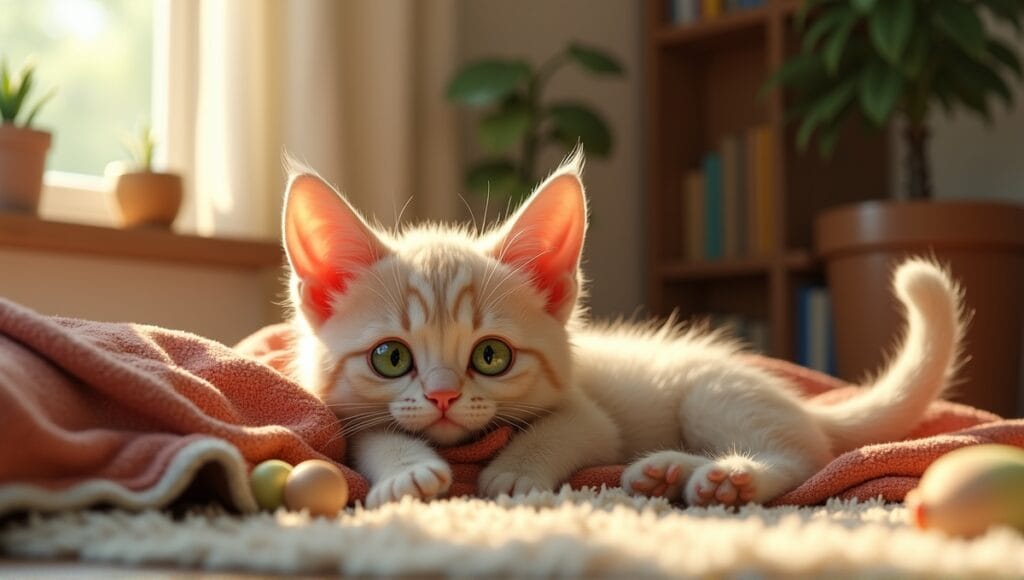
Pixie Bobs are medium to large cats with an unmistakable appearance. Males typically weigh 12 to 17 pounds, and females are a bit smaller, weighing 8 to 12 pounds. You can easily see that males are larger, just like with many other cat breeds.
The most obvious characteristic of Pixie Bobs is their bobcat-like appearance. They have a wild look that really stands out. Their coats come in various shades of brown and may be short or long. Most have a spotted tabby pattern, which is another reason they look so exotic.
The facial features of Pixie Bobs are what really make them stand out. They have a strong chin and a heavy brow. Many have lynx tips on the ears, which just adds to their wild appearance. The head is an inverted pear shape, and the eyes are usually gooseberry green or golden.
The tail length of Pixie Bobs can vary. Some have a normal-length tail, and others have a short bobbed tail, making them even more unique.
One interesting thing about Pixie Bobs is that they can be polydactyl. It’s not uncommon for them to have up to seven toes on each paw. This doesn’t cause any health problems, and it just makes their feet even more adorable.
I’ve seen quite a few Pixie Bobs in my time at the pet store, and each one had a different combination of these characteristics. That’s part of what makes them so special. Their unique appearance often puts them in the category of rare cat breeds.
Temperament and Personality Traits

Pixie Bobs are highly intelligent. They pick up on things quickly and do well with training. They’re also eager to please. As a result, they’re a pleasure to train.
They also form strong attachments to their human families. These are social cats that like to participate in household activities. In fact, you’ll often find a Pixie Bob in the middle of whatever you’re doing. They’re also very curious and enjoy participating.
Pixie Bobs are generally good with children and other animals. They make great family cats due to their patient nature with kids and other animals. This allows them to be a great fit for a multi-pet household.
They’re moderately active cats. They enjoy playing but aren’t extremely high energy. Instead, they have bursts of energy followed by rest. This makes them a good fit for various lifestyles.
Pixie Bobs aren’t very vocal. When they do talk, it’s usually in soft, quiet tones. They primarily use little chirps and trills to communicate, which is really endearing. Their pleasant temperament often places them among the friendly cat breeds that many families adore.
Care Requirements for Pixie Bob Cats
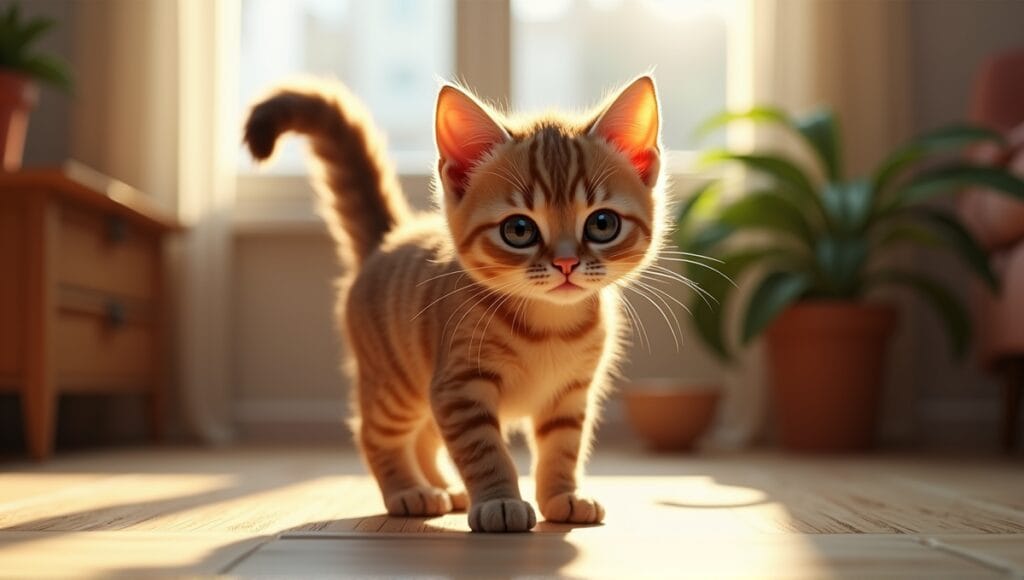
Caring for a Pixie Bob is fairly simple:
- Regular brushing (1-2 times a week for short-haired, 2-3 times a week for long-haired)
- Nail trimming every 2-3 weeks
- Occasional baths as needed
- Dental care, including brushing their teeth or dental treats
Pixie Bobs need plenty of exercise and mental stimulation, and they particularly enjoy interactive toys and puzzle feeders. Providing climbing structures can also help alleviate their instinctual desire to climb.
Pixie Bobs should eat high-quality cat food with a high protein content. Additionally, portion control is key to prevent them from becoming overweight. For more specific diet recommendations, always consult your veterinarian.
Pixie Bobs are generally healthy cats with minimal health issues. They have an average lifespan of 13 to 16 years, and regular vet checkups can help ensure they live a long, healthy life. You should also keep up with regular vaccinations and parasite prevention to avoid any preventable diseases.
In my experience, Pixie Bobs are happiest and healthiest when their basic physical and mental needs are met. A well-cared-for Pixie Bob is a delightful and healthy pet. Their easy-going nature often puts them in the category of low-maintenance cat breeds.
Living with a Pixie Bob
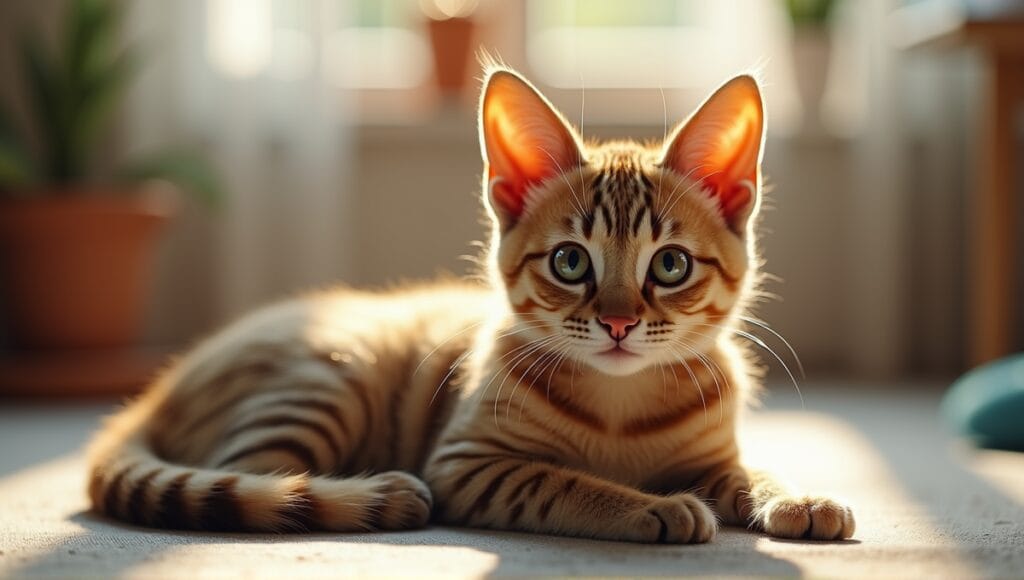
Pixie Bobs are adaptable to a variety of living situations. They don’t need a ton of space, though they do like space to roam. A moderate-sized apartment will work if you incorporate vertical space with cat trees.
They can live in different types of households. They’re happy in a quieter home or a more active family setting. Their adaptable nature makes them an excellent all around pet.
They usually get along with other pets in a multi-pet household. Pixie Bobs are often known for getting along with dogs and other cats. However, you should still introduce them properly to other pets to ensure they get along.
Think about your daily life when deciding whether a Pixie Bob is right for you. They do enjoy company and may become unhappy if left alone for long periods. If you’re frequently out of the house, consider getting two and they’ll be perfectly happy together.
Health Issues in Pixie Bob Cats
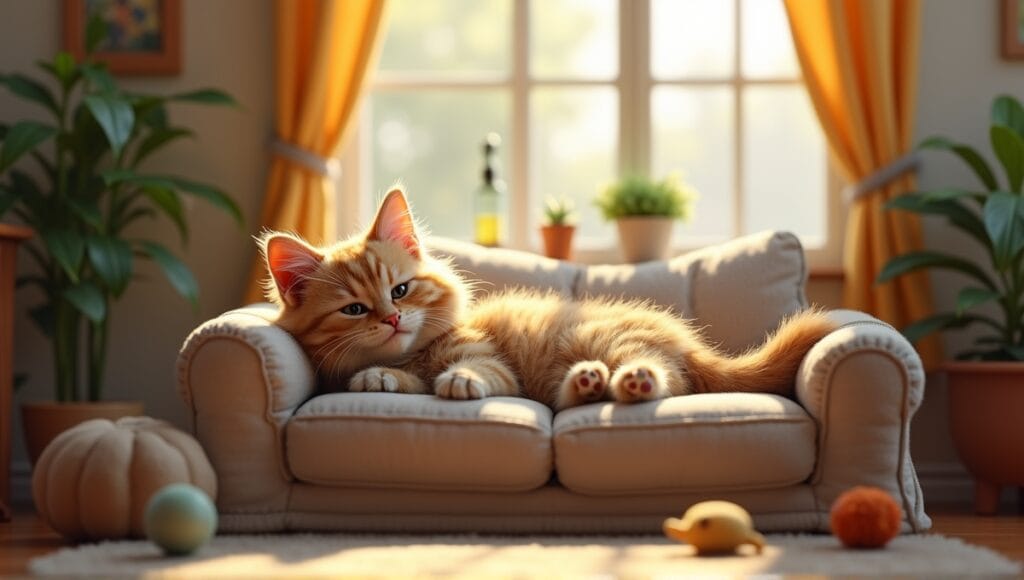
Pixie Bobs are a relatively healthy cat breed. That said, like any breed, they are susceptible to a few health issues. Some of the main genetic concerns include hypertrophic cardiomyopathy and hip dysplasia.
Preventative care is key to keeping your Pixie Bob healthy. Routine vet checkups will help catch any potential issues early. Keeping your cat at a healthy weight through diet and exercise is also essential.
Dental health is another priority. Regular teeth cleaning or dental treats will prevent dental disease, which is a common problem in many cat breeds.
Keep an eye out for any signs of a genetic disease, including kidney or eye problems. The earlier you catch these issues, the better chance you have of treating them. If you notice any changes in your cat’s behavior or health, consult your vet immediately.
Welcoming a Unique Feline Companion
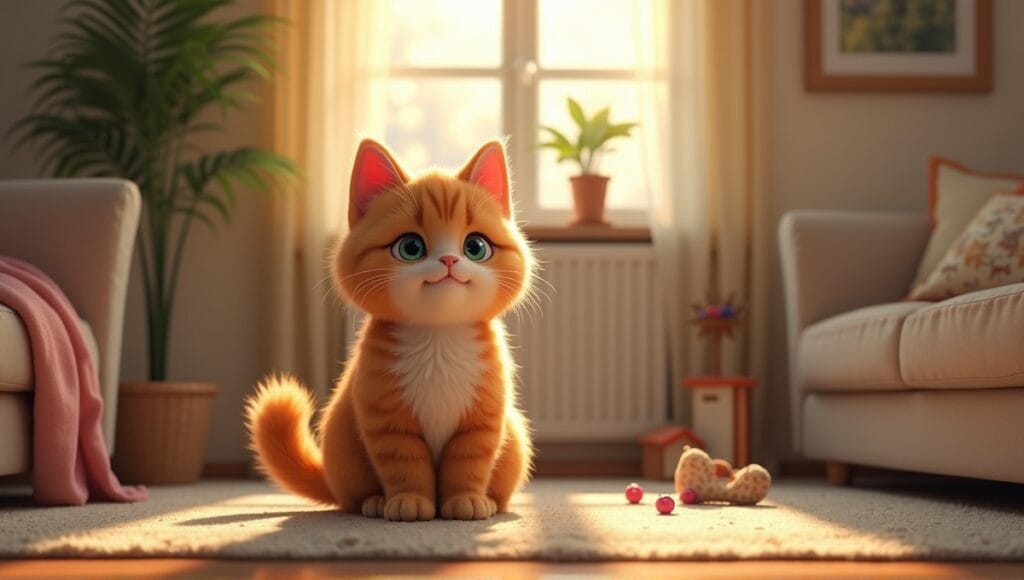
It’s important to find a reputable Pixie Bob breeder. Look for breeders registered with cat associations like TICA or ACFA. They should be happy to answer questions and show you the breeding environment.
The adoption process typically includes completing an application and an interview. This helps breeders guarantee their cats are going to good homes. You’ll likely be asked questions about your lifestyle and past experience with cats.
Before taking a Pixie Bob home, ask the breeder about:
- The cat’s health records
- Any genetic testing
- How the breeder has socialized the cat
- What the cat eats
- Any unique personality traits of the cat
New Pixie Bob owners should anticipate an adjustment period. Be patient with your cat as they get used to their new environment. Provide a quiet room with food, water, and a litterbox. Then, gradually introduce the cat to your home and family.
And remember, bringing home a Pixie Bob is a long-term commitment. These cats live up to 16 years (or potentially longer) with proper care. If you’re interested in learning about other unique breeds, you might want to explore mixed breed cats as well.
Before We Go
Pixie Bobs are special cats with an interesting history and endearing qualities. Their bobcat-like look and affectionate demeanor set them apart. They are also relatively adaptable to different homes and excellent with families. Just be sure to offer basic care, annual vet checkups, and some mental stimulation. In return, your Pixie Bob will offer years of friendship and affection. I’ve observed these cats excel in various homes. They’re an excellent option for anyone who can accommodate their requirements.


